International film and stage set constructor Lawrence (aka Lorry) Coleiro spills all on the behind-the-scenes side of the highly anticipated carnival.
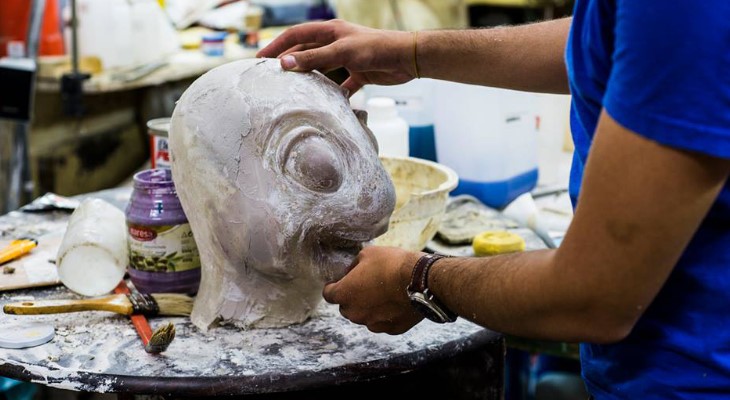
Melvin Farrugia Photography
It was 1949 when Lorry Coleiro’s father began building carnival floats as part of the Paola Band Club. After three years, he took the initiative to build on his own, and as a young child, Lorry would observe the grand production, while taking in the escalating excitement of the looming deadline day ahead.
“My father passed away on carnival day in 1999, and I missed that day, but I have constructed floats every other year since I was young boy. Now I’ve stopped, but my son, daughter, and whole family participate in carnival,” Lorry says.
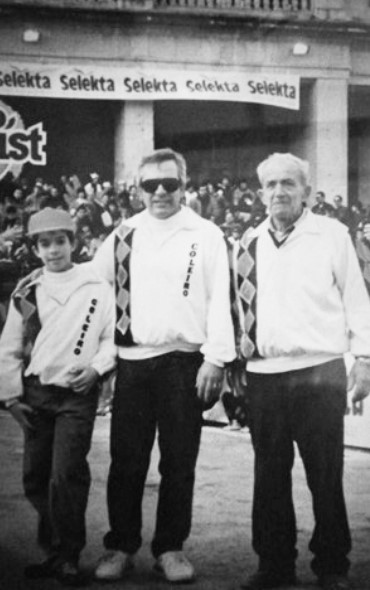
Lawrence Coleiro
According to Lorry, it takes about four months of dedicated, hard-working evenings to finish a float in time for carnival. It begins with a brainstorming group discussion about what theme will be undertaken. The idea is then designed so that it can be physically worked on. A metal frame is constructed first, followed by creating the mechanics with hydraulic and electrical motors so that the float is mobile. The body is then built out of wood, while certain areas, such as the face and hands, are sculpted with clay to use as moulds, then covered in fibre glass. Papier-mâché is then used for the details.
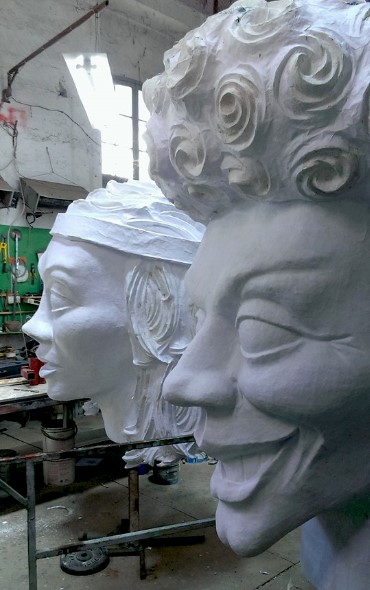
Melvin Farrugia Photography
“Carnival is usually carried out at precarious times of the year weather-wise, so the float has to be built to withstand tricky conditions. It often rains on the day and some floats break down before they even get to Valletta. It can happen to anyone, and it’s very disappointing, but it's all part it.”
The cost of building a float can go into thousands of euros, and while Government grants float-builders one-third of the third prize money (which is then redeemed if the float wins), it’s left up to participants to either engage their own sponsors or invest out of their own pockets.
The float-building teams – or ‘companies’ – are not regional as one might expect, but rather, simply groups that enjoy working together, as well as families. There are ones who have been working together for years, as well as new ones.
The competition between companies can be fierce, and the last-minute tension when building a float is part of the thrill. “There's always a last-minute frenzy to get everything finished and just right on time.”
Once the floats have paraded through the streets of Valletta showcasing their glorious colours and marvellous engineering skills, they are then judged by a committee for first to third prize in different sections, for various amounts of prize money. The judges remain anonymous until the actual judgement day, and the winners vary from year to year.
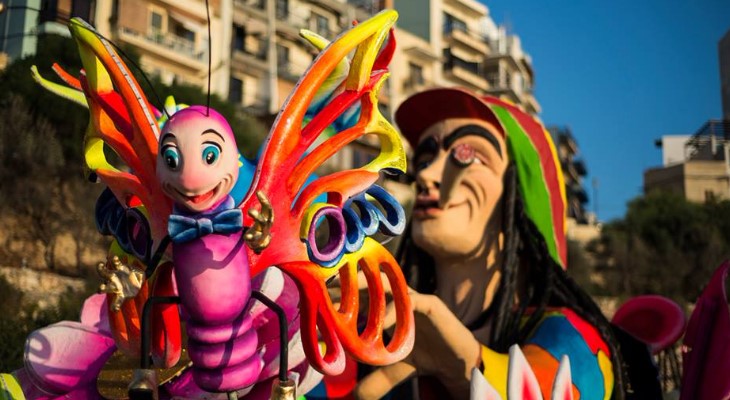
Melvin Farrugia Photography
The competition between companies can be fierce, and the last-minute tension when building a float is part of the experience thrill. “There is always a last-minute frenzy to get everything finished and just right on time.”
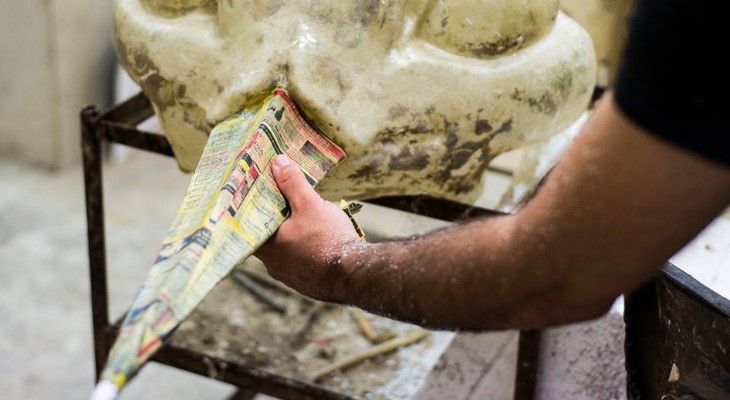
Melvin Farrugia Photography
Companies build their floats wherever they can find space, which isn’t always easy. It’s preferable to have a large indoor area to build floats for the winter carnival, while building outside for the summer carnival can be tough in Malta’s hot temperatures. There have been talks of building a carnival village, which will offer the space and facilities for float-builders to create their masterpieces as comfortably as possible.
“We have won prizes over the years, but even if you don’t win, there’s a great satisfaction in seeing a float you built from nothing parade through the streets of Valletta. I do miss it, even though it was very hard work. Now I enjoy helping my son and daughter. In fact, we all join in to help, so it really is a big family affair. I still love it.”
While Lorry has retired from working on the actual float construction himself, he’s now part of the carnival organising group, and helps his family on their float.
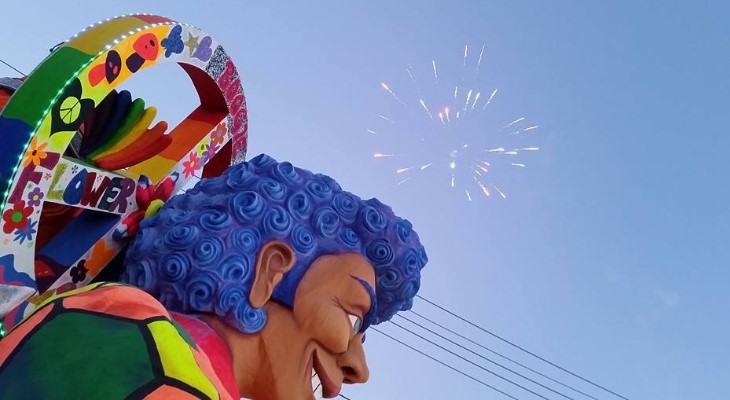
Melvin Farrugia Photography
“We have won prizes over the years, but even if you don’t win, there’s a great satisfaction in seeing a float you built from nothing parade through the streets of Valletta. I do miss it even though it was very hard work. However, now I enjoy helping my son and daughter. In fact, we all join in to help, so it really is a big family affair. I still love it.”